Naturaleza De La Doctrina – (Spanish)
$17.99
La naturaleza de la doctrina es uno de los trabajos de teologia academica mas influyentes de los ultimos 50 anos. Publicado originalmente en 1984, este libro describe los principios fundamentales de un enfoque postliberal de la teologia, enfatizando una perspectiva cultural-linguistica de la religion y una teoria regulativa de la doctrina.
Ademas de exponer la naturaleza de la religion, Lindbeck tambien aborda la solucion de los conflictos doctrinales historicos entre las diferentes comunidades cristianas, la relacion entre el cristianismo y otras religiones, y la naturaleza y tarea de la propia teologia.
in stock within 3-5 days of online purchase
SKU (ISBN): 9788416845859
ISBN10: 8416845859
Language: Spanish
George Lindbeck
Binding: Trade Paper
Published: September 2018
Publisher: Editorial Vida
Print On Demand Product
Related products
-
40 Questions About Angels Demons And Spiritual Warfare
$21.99In 40 Questions About Angels, Demons, and Spiritual Warfare, John Gilhooly provides a biblical and balanced perspective on the many issues surrounding the spiritual realm. In a question-and-answer format, he explains spiritual warfare, angels and demons, the role of Satan, models and practices for spiritual warfare, and topics related to the occult. Beneficial as a comprehensive overview or as a reference guide to particular subjects, this volume provides concise but thorough answers to many important questions:
* Do believers have guardian angels?
* Can Christians be demon possessed?
* Are there territorial spirits?
* Why and when did the devil fall from heaven?
* What is the role of prayer in spiritual warfare?
* Are there such things as spiritual curses?Add to cart2 in stock
-
Not A Chance (Revised)
$18.99Despite claiming unbelief in God or any higher power that may have designed or created the world and all that is in it, modern scientists often write and speak of chance as some kind of being or force that can actually cause things to happen. In one breath they push the evolution agenda and in the next they say that creatures were “designed” with specific traits. In this classic book, R. C. Sproul and Keith Mathison call the scientific world to employ logic and clarity in their discourse, to leave the word chance as an abstract concept to describe mathematical possibilities rather than an ontological being that can actually cause change. This expanded edition includes a new chapter dealing with the most recent attempts to defend irrational scientific statements. Two new appendices answer critics and review other literature on scientific discoveries that support belief in a Creator God.
Add to cart2 in stock
-
Political Disciple : A Theology Of Public Life
$11.99What might it mean for public and political life to be understood as an important dimension of following Jesus? As a part of Zondervan’s Ordinary Theology series, Vincent E. Bacote’s The Political Disciple addresses this question by considering not only whether Christians have (or need) permission to engage the public square, but also what it means to reflect Christlikeness in our public practice, as well as what to make of the typically slow rate of social change and the tension between relative allegiance to a nation and/or a political party and ultimate allegiance to Christ. Pastors, laypeople, and college students will find this concise volume a handy primer on Christianity and public life.
Add to cart2 in stock
-
40 Questions About Biblical Theology
$27.99An accessible survey of the meaning, methodologies, themes, and applications of biblical theologyTo understand what the entire Bible teaches about any given subject, we must practice biblical theology. By surveying the whole canon of Scripture, we can best discern what God has revealed about any particular issue. But doing so requires answering a number of important questions:
* What type of biblical theology will we choose?
* What overall story does the Bible tell?
* How should we understand the relationship between the Old and New Testaments?
* How does our topic fit within salvation history?
* How do we apply the truths we discover?40 Questions About Biblical Theology provides resources to answer these key questions in order to guide readers in their own study and practice of biblical theology. Other vital topics the authors address include how to understand typology, key themes in biblical theology, and how Christians should relate to Old Testament promises.Ideal for courses on biblical theology, for pastors, and for anyone who teaches or interprets Scripture, 40 Questions on Biblical Theology will deepen your understanding and application of the whole counsel of God.
Add to cart2 in stock



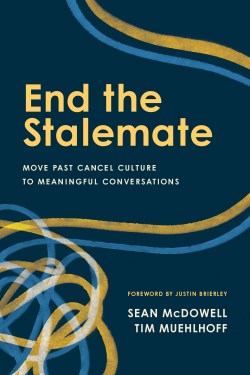


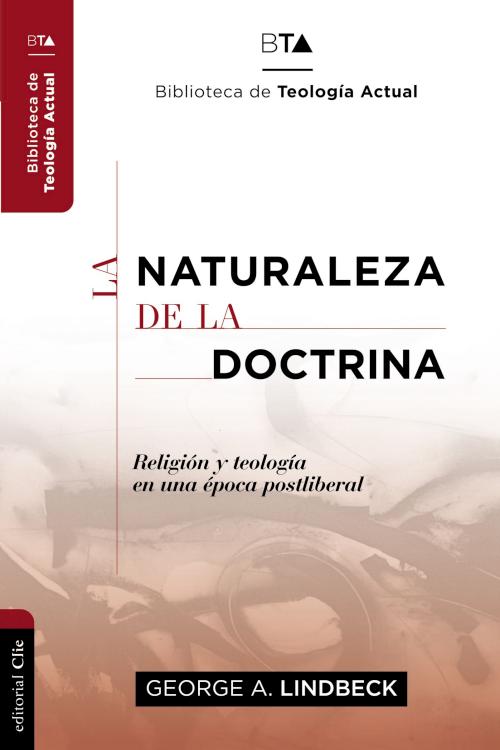
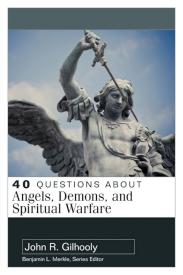
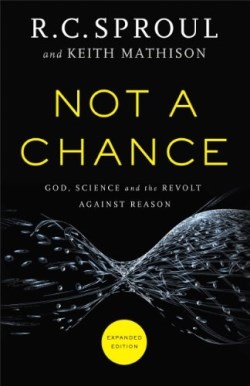
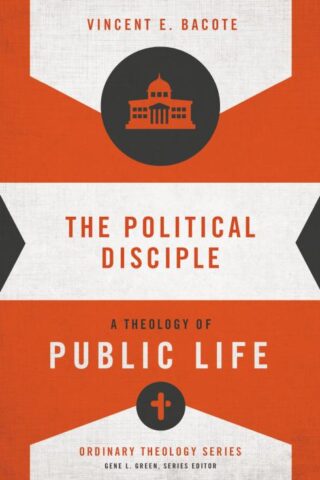
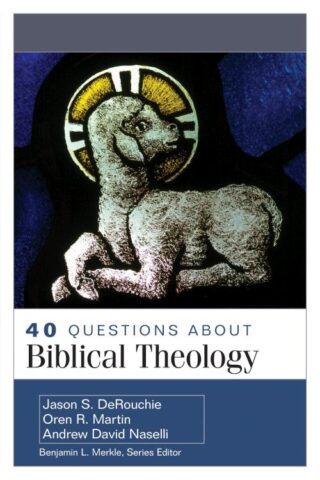


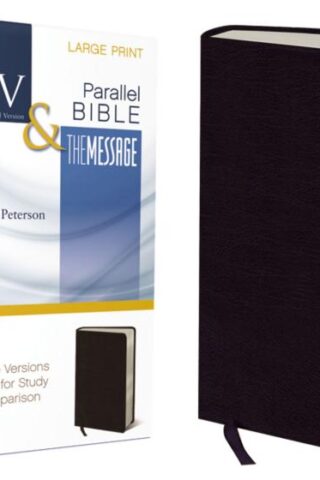

Reviews
There are no reviews yet.